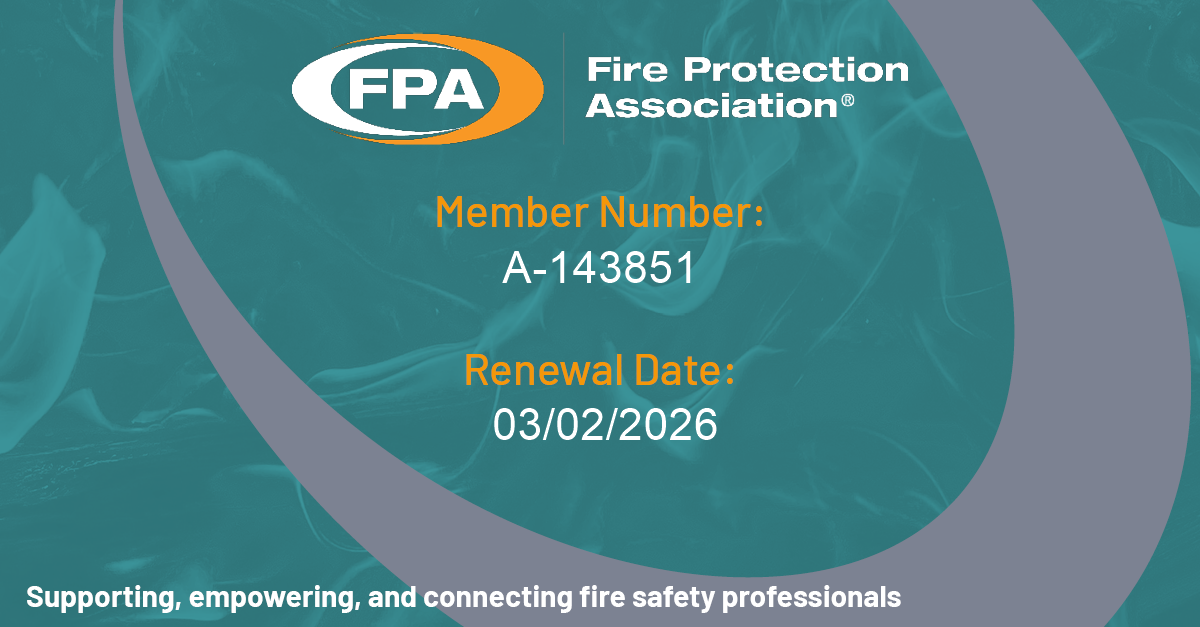Legionella contamination risk is a real, live management issue. You need to be on top of it at all times, not just sign off an annual risk review
Whatever control regime you have adopted it is very likely that you will be employing and following the advice of a professional water safety service provider. Nevertheless, it is still you as owner, occupier or employer that have the legal liability to ensure compliance with the law.*
Despsite all the control measures we take, there were 604 cases reported 2023, most of them contracted within the UK. Remember, this is a disease which is known to be potentially fatal and for which there is a comprehensive regulatory framework designed to prevent outbreaks.
In all likelihood, the organisations affected thought they had their water hygiene processes under control. So, what’s going wrong?
Unfortunately, compliance can all too often be a tick-box exercise. Real control and good water hygiene have to involve all appropriate staff in an organisation having a role and understanding what it ought to involve
Everyone involved, from the CEO to the cleaning contractors, should be equipped with the knowledge they need to play their part in your water safety plan. Training can be tailored to specific job roles and responsibilities: the person charged with flushing the taps will not, for instance, need to know the ins and outs of how an evaporative condenser works. Indeed, information overload may be counter-productive. Likewise, the senior management doesn’t need to know the physiology in the bacillus but should be fully aware of the implications of failure and the priority they need to give to investing in water safety.
Have you got an audited training plan for water hygiene?
Reviewed: 15 03 2025











